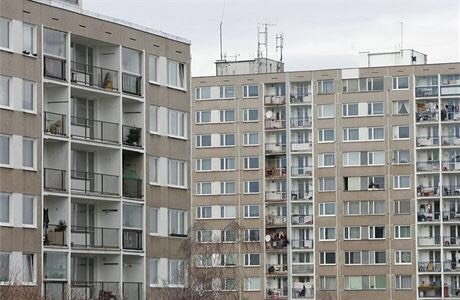
Students Blog: Architecture in Socialism
September 6, 2019The following blog is the outcome of our ESSR Summer School: State Socialism Beyond Textbooks, and it was written by summer school students (and then edited for clarity). The task was to see an object of their choice through the lens of different perspectives, as we develop them in our methodological guidelines. And while it may lack some historical accuracy, it testifies to our students’ deep interest in the past.
Dear reader,
Architecture is an expression and reflection of our society. It is responsible to society’s functional needs and is also partly creative expression, offering the scope and shape of our environment for either better or worse. Socialism or socialist architecture is not at all that vivid — even the opposite of vivid. If we put this in the spotlight, we can see that there is no individuality in this version of architectural socialism, and of course we are talking about complexes of buildings that were bland and grey, not at all noticeable.
This leads us to tell a story about a girl from Sarajevo, specifically Alipasha’s field, and how she was sick of socialist architecture and socialist regimes. The greyness that was surrounding her environment was suffocating her, and she felt the need to paint the buildings and give them a nice imaginary garden, painting flowers on the facade. That same evening, she was arrested because her neighbours reported her.
We wanted to write this story because it shows how much of an impact socialism had through its architecture and how it actually affected people. We can see these same buildings in any country that was impacted by socialism, and of course that means that international common ground exists. We live in a world that is surrounded by architecture, and so we thought it was interesting to pick this topic and talk about it and its meaning, because of the absurdness that it shows.
So, dear readers,
Do you see buildings as historical stories, or do you just wander through them?
(This is based on a true story, of a Czech girl that wrote “Russians go home” on a building facade, she was 12.)
Written by:
Hana Bičo — Sarajevo, Bosnia
Antónia Jefimová — Rimavská Sobota, Slovakia
Veronika Andrštová — Czech Republic
Gabriela Tsvetuova — Plovdiv, Bulgaria
